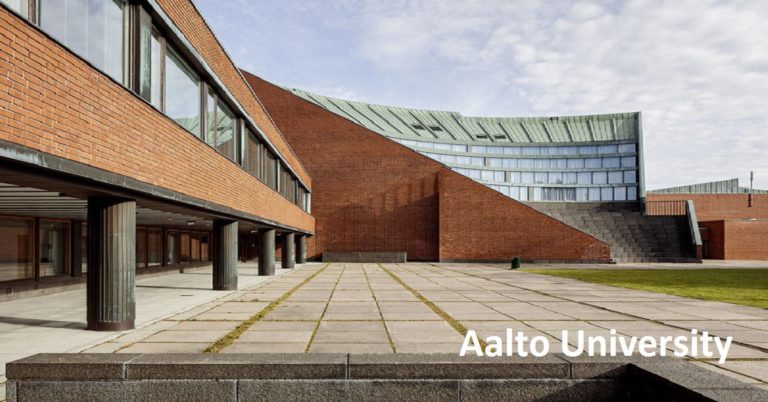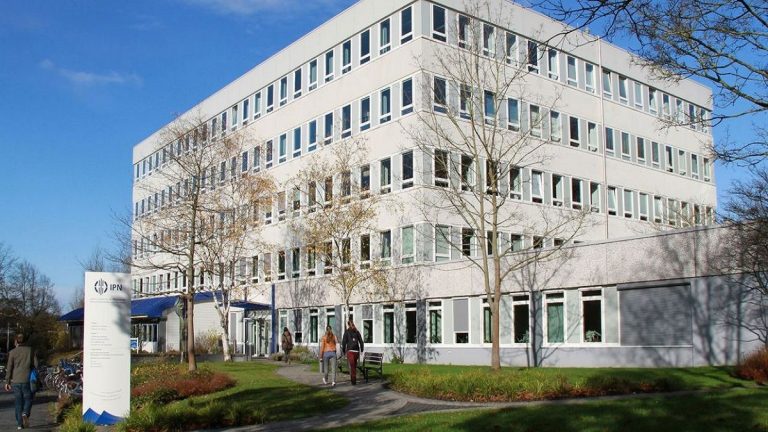
A solid oxide cell (SOC) stack generally consists of ceramic cells, metallic interconnectors, sealants and other contact materials. Stable operation of the stack requires not only an electrochemically stable cell, but also a mechanically stable design and components. As a result of the difference in thermal expansion coefficients of the stack components, thermal stress, as well as thermal strains, could be induced during the operations, especially when the stack (or part thereof) is exposed to a large thermal gradient. Such stress and strain may thereafter lead to further mechanical failure of the cells or sealants, which is in most cases hardly to be detected and confirmed in-situ, because the relatively high working temperature of 600 to 800 °C keeps most of the available sensing techniques away from discussion. In this context, the non-destructive techniques (NDT) have drawn attention to the implementation of non-invasive monitoring systems. The most promising for this type of system is the technique of Acoustic Emission. Acoustic emission (AE) is the transient elastic energy that is released by a material when it experiences a rapid change in structure, such as plastic deformation or crack growth, and also the name given the technique of monitoring these transient elastic energy signals.
The use of Acoustic Emission techniques to characterize the thermomechanical behavior of solid oxide fuel cells in a model stack has not been widely applied in the scientific community. The most important applications have been made to associate energy emissions from the SOC stack with fracture sources near or the sealant locations but supported by X-ray computer tomography; and where AE monitoring is used to investigate the mechanical performance of solid oxide fuel cells under simulated environments. They demonstrated that the AE method could detect vertical cracking and delamination in the cathode and the electrolyte, which allowed them to determine the condition for the onset of the damage in the single cell.
In this context, the present project focuses on developing a tool to cluster Acoustic Emission signals from glass ceramic sealant subjected to thermal cycles in accordance to the type of fracture mechanism, namely: matrix cracking, delamination or fiber cracking. In order to do so, an AE equipment will be used to detect signals from an experiment performed at high temperature and then characterization of glass ceramic sealant fracture mechanism will be carried out.
Task description:
- Literature study of fracture mechanisms fundamentals in glass ceramic sealants as well as of acoustic emission technique.
- Literature study on the degradation mechanisms of SOC stacks.
- Learning how to use Acoustic Emission equipment
- Acquisition and processing of signals using Matlab software.
- Definition of filtering technique to cluster AE data
- Verification and validation of technique
- Writing of Master Thesis
Requirements:
- Above-average performance in your studies of electronics engineering or a comparable course of studies.
- Great commitment and creativity
- Independent but cooperative, motivated and analytical way of working
- Very good language competence in English and German
- Experience in signal processing and filtering
- Knowledge of Matlab, Python or Origin desirable
Contact:
Victor Rangel-Hernandez, Dr. Eng.
Telefon: +49 2461 61-3774
E-Mail: v.rangel-hernandez@fz-juelich.de
Internet: http://www.fz-juelich.de/iek/iek-14/EN
Institut für Energie- und Klimaforschung – Elektrochemische Verfahrenstechnik (IEK-14)
Festoxid-Brennstoffzelle – Elektrochemische Messtechnik
Forschungszentrum Jülich






